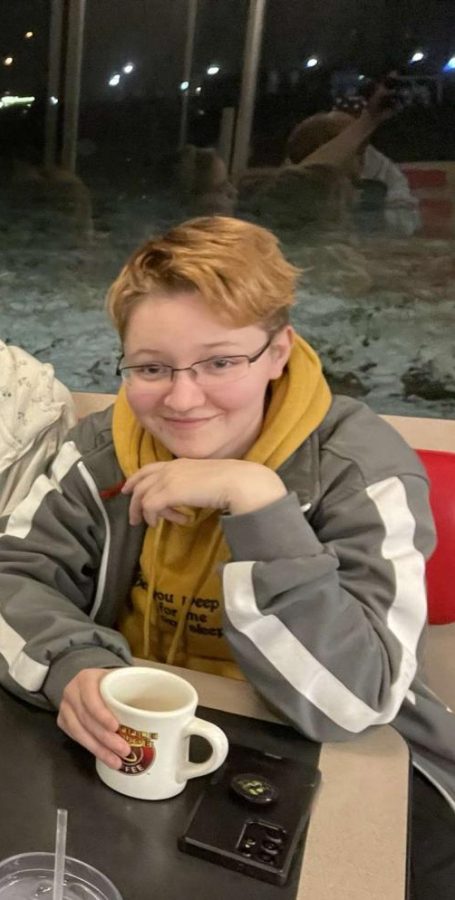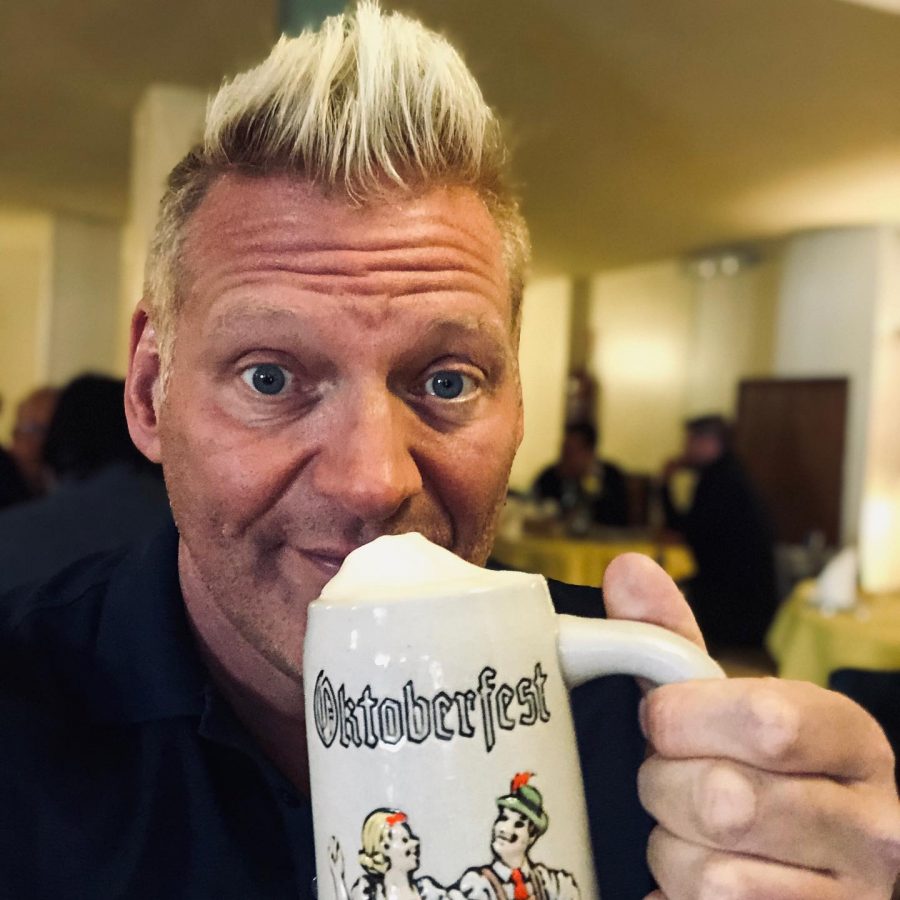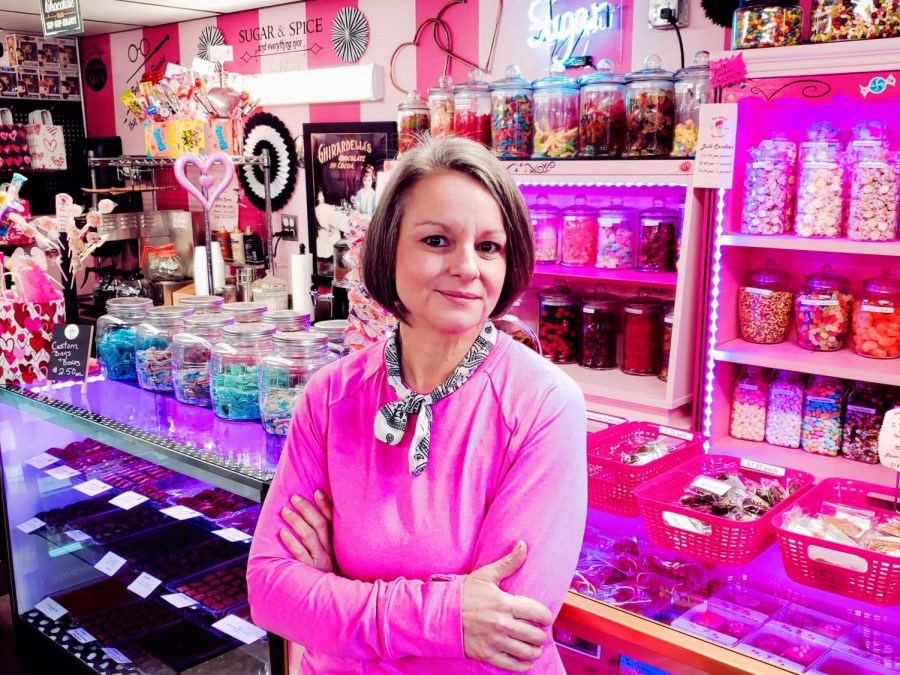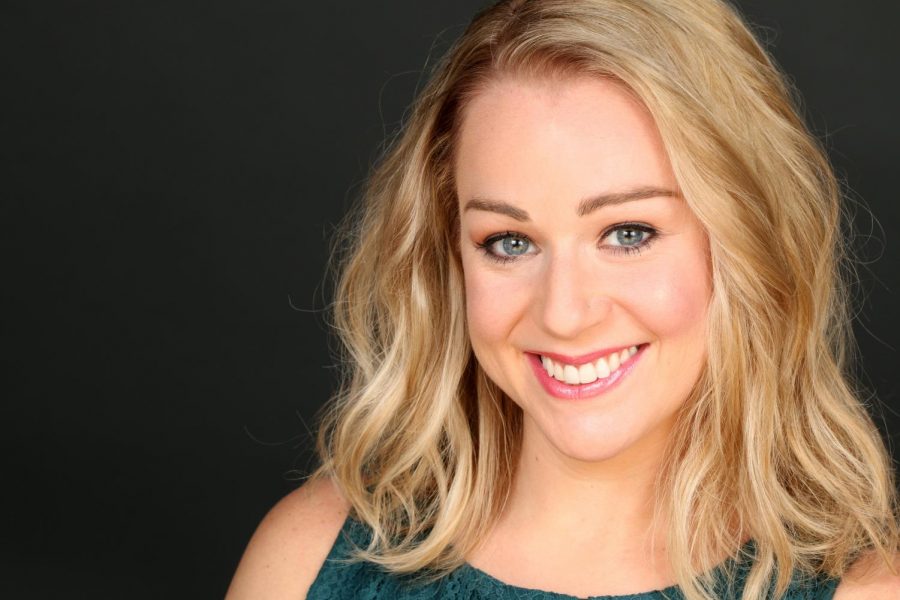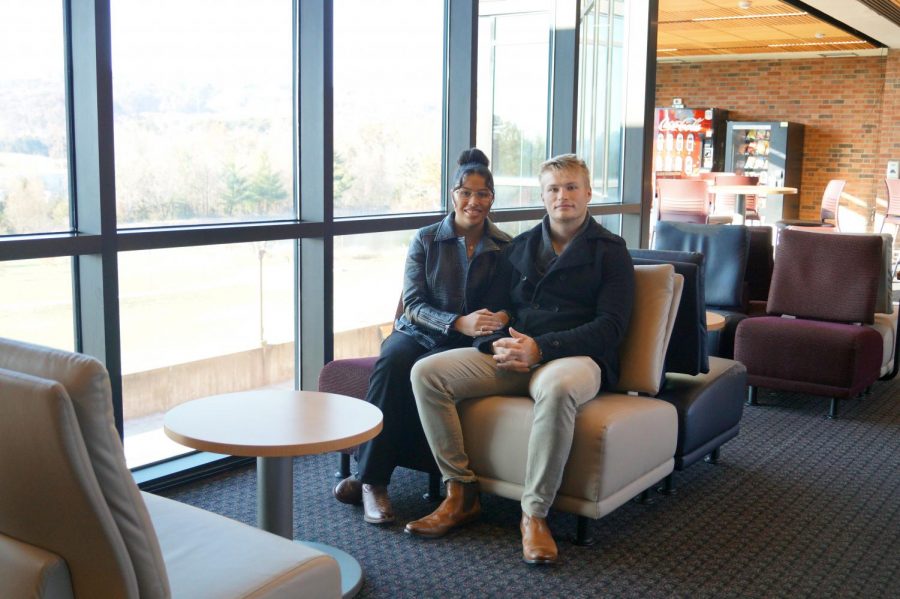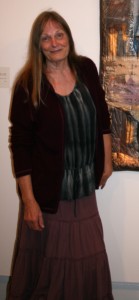
The room instantly brightens up when she walks in. She gives hugs and chats quietly with all of her guests in a gentle Scottish accent, putting a smile on each face.
Her long, flowing skirt reaches all the way down to her ankles and sways back and forth as she walks. She wears no makeup. Her face is just an open canvas, sprinkled here and there with a natural wrinkle or two.
Her name is Penny Sisto, an internationally-recognized fabric artist from the Orkney Islands off the northern tip of Scotland.
Her grandmother began teaching her how to sew when she was only 3 years old.
As an adult, she worked for the British Ministry of Overseas Development, aiding in health clinics for the Maasai, Lubuksu and Kikuyu tribes of East Africa.
Her time in Africa inspired her to combine the quilting, embroidery and appliqué techniques she learned from her grandmother, with the beading and collage methods of her African friends, resulting in the work she does today.
“I have little or no formal education,” Sisto said. “My Granny taught me to sew and read by the soft light of a kerosene lantern. The nuns taught me to embroider, the Maasai taught me to crochet and to revel in color.”
She finished her first quilt at the age of 7.
“I still have my first quilt with a gypsy —or tinker as we call them — on it,” Sisto said.
When planning out her next piece, Sisto always has a firm visualization of what she expects to put on the quilt.
“The hard part is putting down what I already see and feel through my clumsy hands and the unwilling fabrics,” Sisto said. “I feel that it is in fact painting with fabrics. Fabric is fairly hard to form into a dimensional painting.”
In the past, Sisto’s work has been subject to many different topics including war, AIDS and poverty.
“My work is about one woman’s long journey and about trying to show through this medium of fabrics, the unity between all peoples,” Sisto said. “I try to be a voice to the silent.”
Finding a subject or topic for her next piece is never a hard task for Sisto.
She has said before her problem is not that she has trouble thinking about what to make next, as much as she has too many things she wants to make.
“Look around you — everything, everyone is a living story,” Sisto said. “I make art about things that move me, things that need addressing.”
Her quilts are full of stories, messages and rich colors.
All it takes is one look at Sisto’s work and viewers are able to tell there’s more to it than just fabric and thread.
“I use anything from bones, metal, foil, paint, crackle medium, photo transfer, anything that deepens and talks through the fabrics,” Sisto said.
Sisto said she’s a speedy worker, too.
“I work very fast.” Sisto said. “From dyeing fabric and preparing fabric, it is generally a week or two until I feel a piece is ready.”
Sisto has been asked many times what she would like to leave behind as her legacy as an international fabric artist.
“All I hope is that when you look at a Penny Sisto quilt, you feel a wee bit about what I felt when I made it,” Sisto said. “I hope that I have done no harm in this life. I hope that if anyone remembers me at all it is as a woman of peace who walked that path for her lifetime, and who tried to reflect that in her art.”
It’s hard for Sisto to give an exact number of how many works she has created over the years.
“I cannot answer that as I work full-time at my art and make work almost every day,” Sisto said. “I made the Heartbeats show in about nine months. I made 36 pieces for that show.”
Sisto said she tries not to show favoritism when it comes to her art, however, that is easier said than done.
“I try not to pick favorites, but some pieces stick inside my heart and mind, such as the first piece I made about the Vietnam War,” Sisto said. “It was made before art quilts were acceptable to people.”
Sisto has set many bars with her quilts, including an exhibition of Holocaust quilts at the Gatehouse of Auschwitz and a selection of her Slavery series quilts that were displayed at the Royal Armories Museum in Leeds, England.
By TAYLOR FERGUSON
Staff
tayfergu@umail.iu.edu


